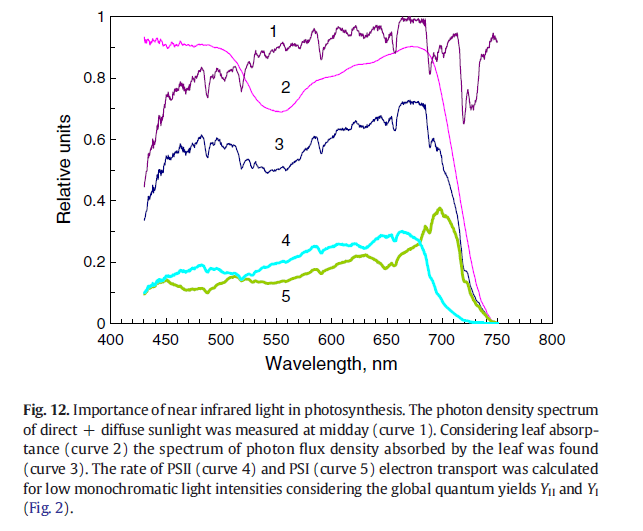First, you probably know about the SAS. I mean no need to quote an article right?macthezazou wrote: ↑Sun May 13, 2018 9:33 am
Do you have any recent studies link about this to back up your claim? (far-red + deep-red)? I've talk to some experienced & known led grower & most of them are saying that 700+nm is a waste of energy during day cycle. (exemple)
I'm currently using 730 cree led to test phytochrome manipulation & if you have any decent info on how far red can improve my spectrum, I would love to try balancing the 660 with some 730 on my 3x3 lights.
So first, a balanced SAS allow you to optimise photosynthetic activity, by weighting the leaf size, the chloroplast organisation, the photoprotection process and a lot of other major photosynthetic actors.
I unfortunately got no study to quote because with time and gathering infromations from many articles, it became really obvious to me and i've never found an article that gather the whole informations.
Anyway that means using far-red to balance phytochromes thus the SAS, lead to improved photosynthetic efficiency.
then, i think the two next studies shows very well the most important parts of the phytochromes interactions on the flowering and the senescence:
Phytochrome mediates the external light signal to repress FT orthologs in photoperiodic flowering of rice
Takeshi Izawa, Tetsuo Oikawa, Nobuko Sugiyama, Takatoshi Tanisaka, Masahiro Yano,
and Ko Shimamoto1, 2007
In this study on the rice (short day plant) the measurement on the flowering locus and the Constans messengersRNA for Phytochromes deficient mutants shows that the flowering gene is repressed both by the circadian clock genes depending on the day/night cycle (so indirectly depending on the phytochromes) and directly by the phytochrome activation during the day. That would means : the more you activate the phytochromes during the day, the more you delay flowering. In addition to the well known effect of phytochromes at the nightfall.
You could try to use a blurple and only add 730nm at nightfall, your flowering induction still willl be delayed compared to a full spectrum with lower phytochrome ratio.
Phytochrome-interacting transcription factors PIF4 and PIF5 induce leaf senescence in Arabidopsis
Yasuhito Sakuraba1, Jinkil Jeong, Min-Young Kang, Junghyun Kim, Nam-Chon Paek & Giltsu Choi, 2014
Here they literally says:
". ELF3 and phytochrome B inhibit
senescence by repressing PIF4/PIF5 at the transcriptional and post-translational levels,
respectively. PIF4/PIF5 act in the signalling pathways of two senescence-promoting
hormones, ethylene and abscisic acid, by directly activating expression of EIN3, ABI5 and EEL"
So basically, something that everyone should know, the phytochrome activation during the day delay senescences.
Whatever the origin of the senescence (age triggered, lack of food...)
Also if you've ever been using blurple this appear to be really obvious xD
I don't really like to read what other growers says on colours because they have no solid scientific knowledge and they usually says things they can't prove. I personally make my own opinion with my experience and reading hundreds of studies AND selecting them. Because even in the scientific society, there is a lot of bullshit and bad articles




